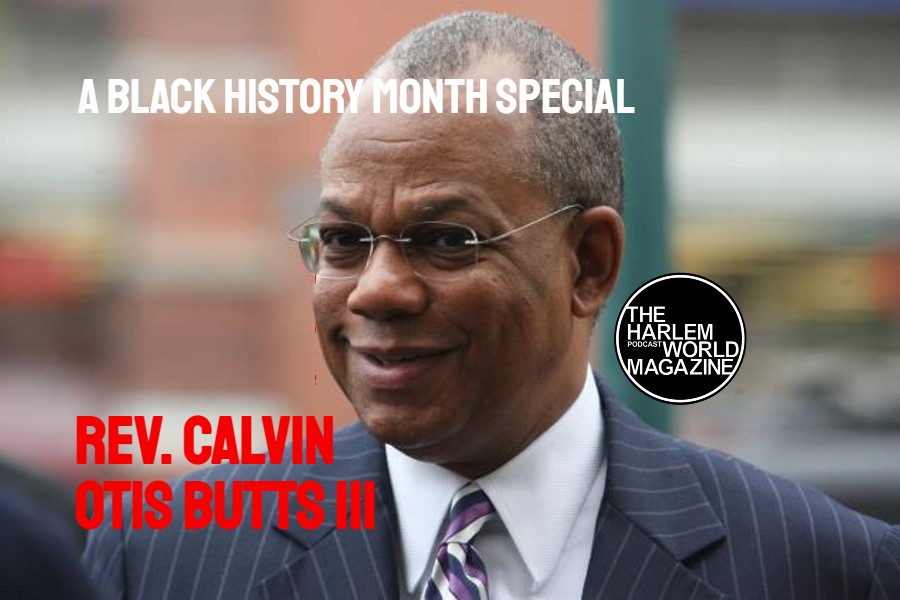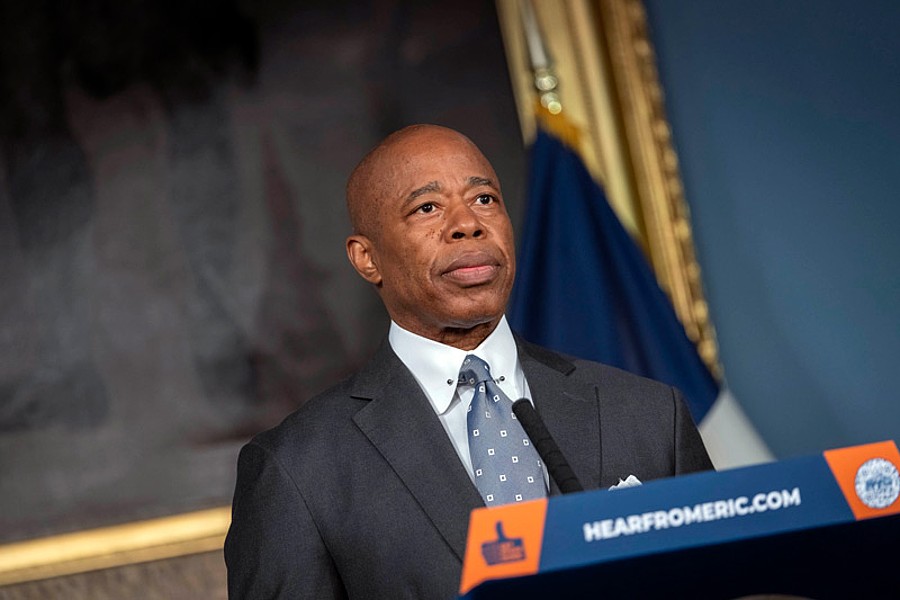 At the New York Viral Hepatitis Summit presented by the National Black Leadership Commission on AIDS, Inc. (NBLCA) on Thursday, March 20 at Harlem Hospital Center in New York City.
At the New York Viral Hepatitis Summit presented by the National Black Leadership Commission on AIDS, Inc. (NBLCA) on Thursday, March 20 at Harlem Hospital Center in New York City.
Top medical experts, local public health officials, social service providers, and community health advocates shared valuable information and updates about viral hepatitis and related public health issues.
Hosted by C. Virginia Fields, president and CEO of NBLCA, the summit focused on the latest medical research, diagnosis and treatment options, and community health implications of the Hepatitis C virus (HCV), emphasizing the disproportionate impact of HCV on the black community.
The rates of HCV infection and HCV-related mortality in the United States are twice as high for black people as they are for non-Hispanic whites. African Americans represent 14 percent of the U.S. population but account for 22 percent of the estimated 3.2 million people in the nation who are infected with HCV. Hepatitis C is a leading cause of liver cancer and cirrhosis in the U.S.
Dr. Joan A. Culpepper-Morgan of Harlem Hospital Center provided a detailed overview of the historical trends and recent advances in diagnosis and treatment of Hepatitis C. She discussed the risk factors for infection with HCV, which is a blood-borne virus, and the high prevalence among Baby Boomers—people born between the years 1945 and 1965. Within that group, she said, blacks and Hispanics have the highest rate of infection—as much as 20 to 25 percent among black people—and she noted that Harlem is “a hotbed of HCV.”
Unlike Hepatitis A and B, there is no vaccine for Hepatitis C. But according to Dr. Culpepper-Morgan and summit speakers Geraldine Joseph, RPA-C, a health care practitioner affiliated with St. Luke’s Roosevelt Hospital, and HIV/Hepatitis C specialist Marlene Taylor, PA, of Montefiore Medical Center, new treatments are showing great promise in reducing the viral load and clearing the virus entirely. These new drugs have a much higher response rate than previous therapies, require a shorter treatment period (12 weeks vs. one year), and have fewer harsh side effects, which make other medications very difficult to tolerate.
Despite these exciting medical advances, there are ongoing barriers to treatment. The infection is often asymptomatic, so people may be infected for many years and not know it until liver disease progresses. The stigma surrounding Hepatitis C infection and a lack of access to care are other factors that prevent people from being tested. In addition, the medicine is expensive, and the cost can be prohibitive for lower- and middle-income patients, even with insurance coverage. But Dr. Culpepper pointed out that the cost is more than outweighed by the much higher cost of treating end-stage liver cancer or needing a liver transplant, which are potential outcomes if the virus is left untreated. The HCV infection will become chronic for approximately 75 to 85 percent of those infected, and of those, as many as 30 percent could develop cirrhosis, Ms. Joseph said.
Other topics addressed during the summit included the Affordable Care Act; overcoming psychiatric barriers to Hepatitis C treatment; Hepatitis and HIV co-infection; and addressing the incidence of viral hepatitis in New York City.
Ms. Fields stressed the importance of support for policies that will increase access to Hepatitis C testing. NBLCA advocated for New York State legislation that requires medical practitioners to offer HCV testing to all people born between 1945 and 1965. The bill was signed into law by Governor Andrew Cuomo last October. New York was the first state to adopt this policy.
NBLCA is supporting similar legislation now under consideration in several other states, including Maryland, Pennsylvania, Connecticut, Michigan, and Florida. In Florida, Rev. Dr. James W. Favorite, chairman of the board of NBLCA and chairman of NBLCA’s Tampa affiliate, encouraged state lawmakers to introduce an HCV testing bill.
“To reduce the rate of Hepatitis C, there are many layers to the work we have to do,” said Ms. Fields. “We have to promote education and awareness, as we are doing today at this summit; we have to be proactive with our policy makers to ensure that they understand the need for legislation that addresses health disparities; and we must advocate for funds at the city, state, and federal levels that will enable us to provide much-needed health care resources in our own communities. We must also encourage others to get screened and tested for Hepatitis C. We all have an important role to play to ensure that more is done.”
For more information, visit www.nblca.org.
Related articles
Become a Harlem Insider!
By submitting this form, you are consenting to receive marketing emails from: Harlem World Magazine, 2521 1/2 west 42nd street, Los Angeles, CA, 90008, https://www.harlemworldmagazine.com. You can revoke your consent to receive emails at any time by using the SafeUnsubscribe® link, found at the bottom of every email. Emails are serviced by Constant Contact






















